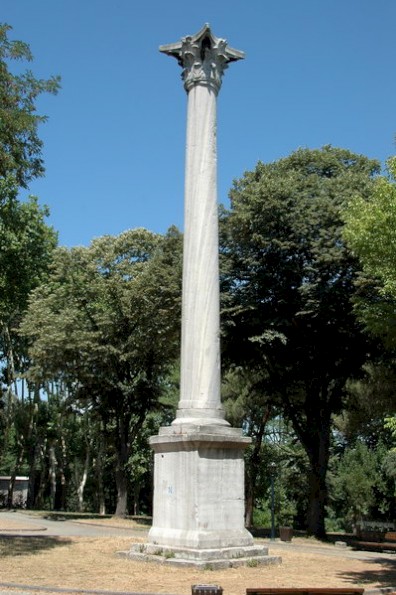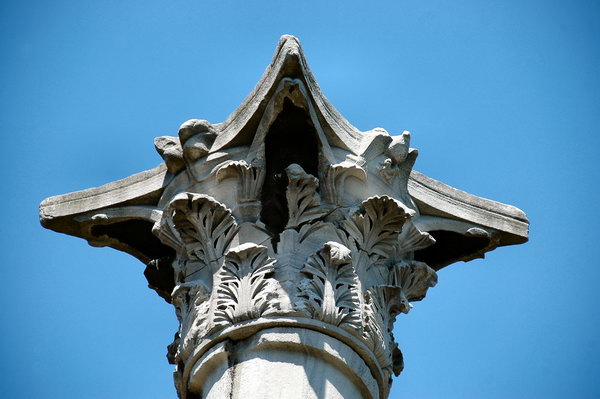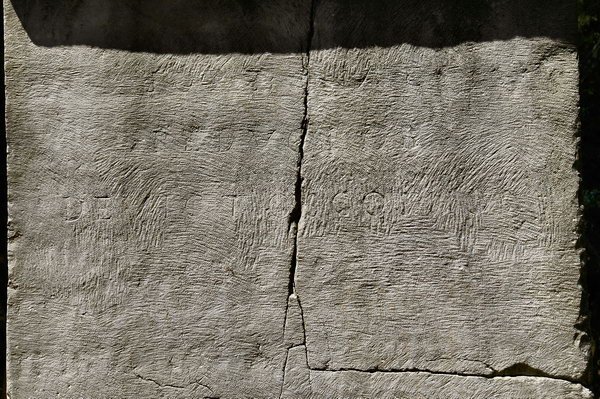Constantinople, Column of the Goths
Q2887370Column of the Goths: victory monument in Constantinople.

One of the most beautiful monuments of Constantinople is this granite monolith, the Column of the Goths. It can be found immediately north of the famous Topkapı Palace, overlooking the Bosphorus. The monument, which stands fifteen meter tall, was erected somewhere between the mid-third and mid-fourth century. According to the inscription, it was erected to commemorate how the Romans had defeated the Goths. The Byzantine author Nicephorus Gregoras says that on top of the column stood a statue of the legendary founder of Byzantium, king Byzas.
It is not entirely clear for which commander this column was erected. Several generals defeated the tribes north of the Danube that the Romans, using archaisms that went back to Herodotus of Halicarnassus, called Scythians, Getae, or Goths, no matter how the tribes called themselves. One of the most famous Roman victories was achieved by the emperor Claudius II, who defeated the Herulians in 269. It is certainly possible that this event was commemorated with the Column of the Goths. Another candidate is Constantine the Great, who overcame the Sarmatians in 315, 322, 328-329, and 332, and is known for his building activities in Constantinople.

On balance, however, Claudius II appears to be the more likely candidate, because Constantine would not have permitted a statue of the founder of the city that he had refounded, and - moreover - is not known to have erected monuments in this part of the city, the ancient Acropolis. Although it is not entirely clear how Christian Constantine was, it is reasonably clear that he sympathized with this monotheism, and did not pay much attention to the pagan temples, of which there were many on the Acropolis. In fact, this pagan part of the city was left abandoned for centuries, until the Ottomans decided to build the Topkapı palace on this unused grounds. Although this does not prove that the column was erected for Claudius, it suggests that it was not done for Constantine.

The barely legible text of the inscription:
FORTVNAE REDVCI
OB DEVICTOS GOTHOSTo Fortuna Redux
owing to the defeat of the Goths
Fortuna Redux was the pagan personification of Fortune as restorer of things.
Next to the Column of the Goths was the Orphanage of Saint Paul.